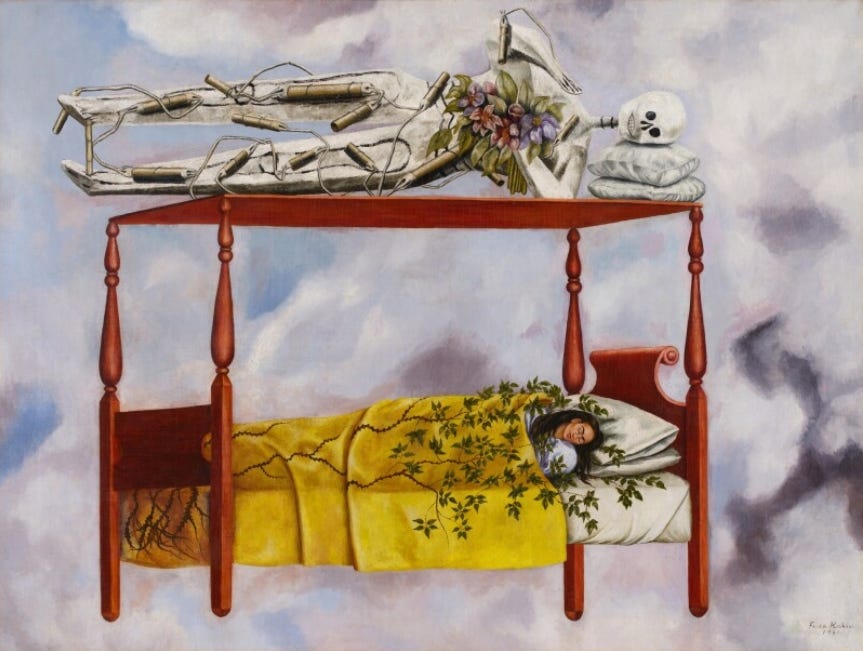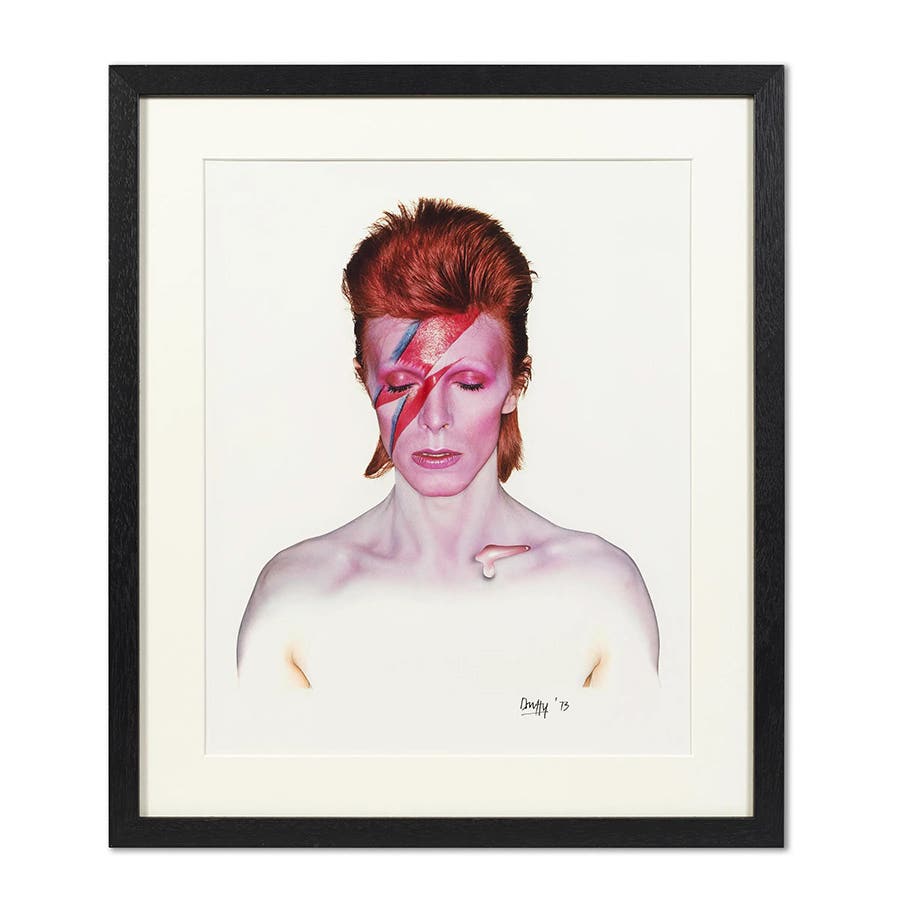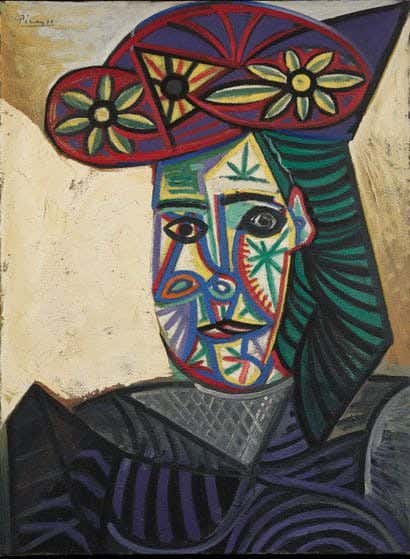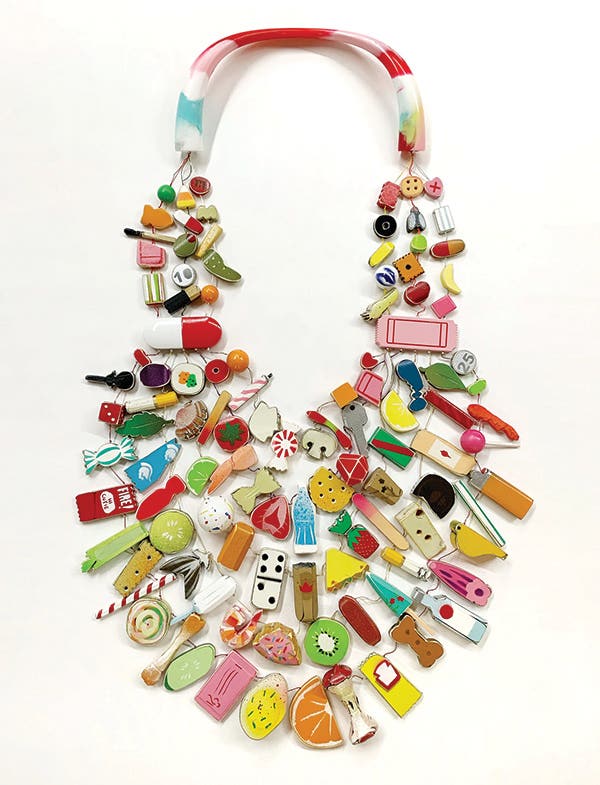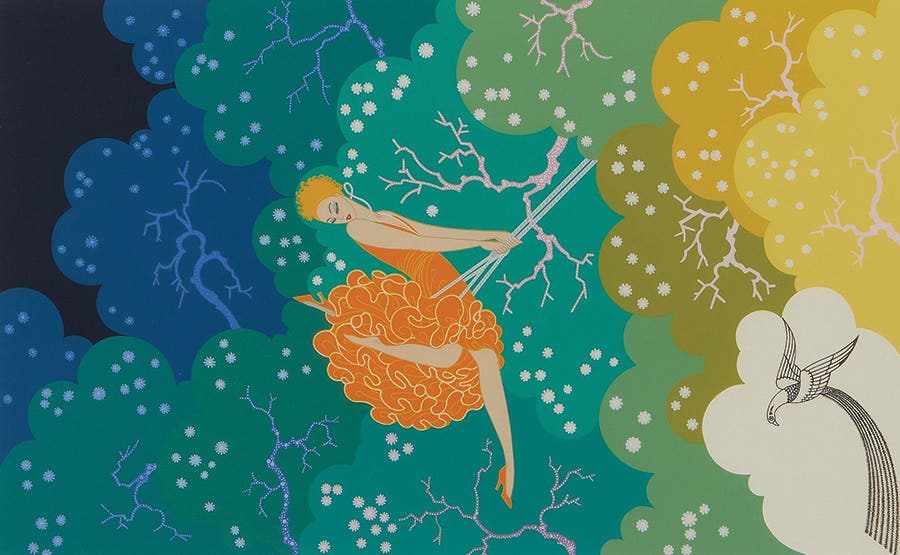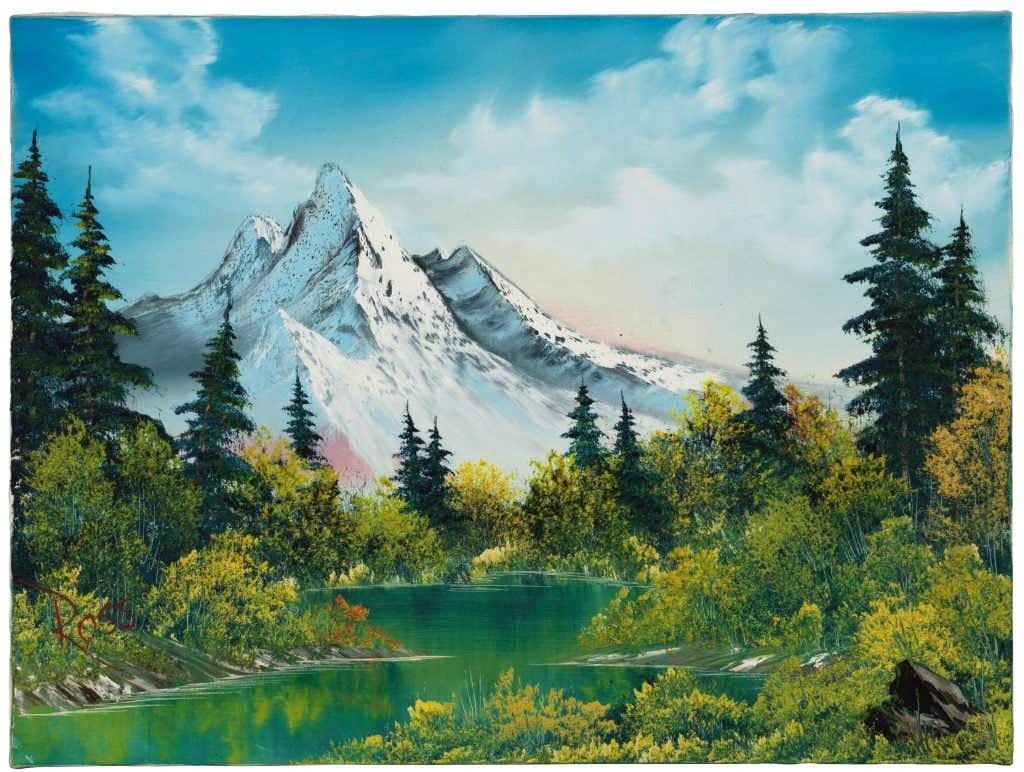Cyrus Dallin (1861–1944), a 23-year-old Utah-born sculpture student, shocked the Boston art scene when he entered and won an 1883 competition for a heroic-scale equestrian monument of Paul Revere, beating out two other finalists, including Daniel Chester French. Due to various circumstances, including two World Wars, it would take Dallin fifty-seven years and seven different models to complete the project.
Dallin‘s first model for the competition, Waiting for the Lights, won him a coveted finalist spot. Though all entries were required to reflect the ideas in Henry Wadsworth Longfellow’s poem, “Paul Revere’s Ride,” finalists were asked to revise their models after the monument committee became aware of a historical inaccuracy in the poem— Paul Revere already knew the route of the Regulars and did not wait for a signal. Dallin’s second model was widely praised. After much debate among committee members about whether a young, unknown sculptor from the “Wild West” would be a wise choice for such an important commission, he was named the winner. Before offering him a contract, however, the committee asked for yet more revisions, resulting in a third model.
“Sometimes a Man Will Do His Best Work When He is a Mere Youth”
Fundraising for the monument lagged due to the protracted selection process and vindictive rumors spread by Dallin’s former instructor, Truman Bartlett, whose son had also competed for the commission. In 1889, while studying abroad in Paris, Dallin’s third model disappeared from a Boston gallery. He quickly created a fourth model with a new braced-leg horse, but the political will to erect the monument waned. To renew interest, Dallin made yet another model, his fifth, in 1899, hoping that Boston’s new mayor, Thomas N. Hart, would champion the project. Hart and a newly formed monument committee tried and failed to raise $20,000 in funding from the public.
Throughout the war years, Dallin was unable to revive the project. In 1930, he created yet another model (number six), which was critically praised but failed to renew interest. However, upon looking at photos of his earlier versions, Dallin was more inspired by those. He wrote, “I don’t know how I did it…I don’t believe I could do better now. It must have been one of those things that a young fellow can do in a tremendous onrush of enthusiasm…Sometimes a man will do his best work when he is a mere youth. Some of the best work of the masters has been done before they were twenty-five.”
Tragedy Strikes: The Death of Dallin’s Son Arthur in WWII
Thus was born in 1934, Paul Revere number seven. In what must have been a grueling process, the 74-year-old sculptor created a full-scale clay rendering of the statue at his own expense in his Arlington, Massachusetts studio. This final version shares many similarities with Dallin’s favorite (and award-winning) third model. The statue was cast in plaster and exhibited in areas throughout Boston. Still, Dallin had to keep up the pressure on the city of Boston to erect the statue, even going so far as to write a parody of Longfellow’s “Paul Revere’s Ride” in 1939:
Listen, my children, and you shall hear
Of the ignoble failure of Boston to rear
The greatest creation of my long career,
The Equestrian Statue of Paul Revere.
A citizens’ committee of well known men
Selected my model from a competition of ten.
On July the fourth, eighteen hundred and eight-five,
The committee, of which not one now is alive
Made a contract with me all legally dined
To erect in Copley Square my statue designed
To honor the hero whose cry of alarm
Aroused every Middlesex village and farm
For the Country folk to be up and to arm.
Alas! No statue now graces Copley Square.
’Tis enough to make even an angel sear
But being only human I refuse to despair.
And I hope that means will be found somewhere
So after the lapse of many a year
Due honor be paid to Paul Revere.
Fortunately, city officials enjoyed and were persuaded by the poem, giving Dallin the funds to move the project forward. In 1939, financing was secured from the George Robert White Fund. Dallin received $27,500 for the statue, only $2,500 more than he would have received from his 1884 contract.
On September 22, 1940, the monument was dedicated in Boston’s North End, with Mayor Maurice J. Tobin presiding over a crowd of thousands. Sadly, the day was overshadowed by tragedy as Dallin had just learned that his son Arthur, who had joined the French Foreign Legion during World War II, was missing in action (the family received confirmation of his death the following December). However, Dallin’s Paul Revere remains a favorite sight on Boston’s historic Freedom Trail. Revere fans can pick up reproductions of the famous sculpture for as little as a few hundred dollars online and at gift shops, such as this version, which sold for just $295 on eBay.
Cyrus Dallin: Great American Sculptor
Along with the Paul Revere monument, Dallin created some of America’s finest public sculptures, including the great Pokanoket leader Massasoit in Plymouth, MA, the Soldiers and Sailors Monument in Syracuse, NY, and Appeal to the Great Spirit in front of the Museum of Fine Arts, Boston. Different castings of Dallin’s Massasoit sold for $12,750 by Bradford’s Auction Gallery in 2022 and a whopping $266,500 by Christie’s in 2008. The most famous version of the statue overlooks Plymouth Rock. Versions of Cyrus Dallin’s Appeal to the Great Spirit sold for $70,000 in 2016 on eBay and $132,000 in 2025 at Sotheby’s. The Appeal to the Great Spirit is so beloved that Brian Wilson chose it as the logo for Brother Records, The Beach Boys’ record label.
Dallin sculpted and designed countless other sculptures, medals, and coins during his lifetime. His Angel Moroni adorns temples of The Church of Jesus Christ of Latter-day Saints worldwide, including the monumental one in Salt Lake City, Utah. Dallin particularly enjoyed sculpting archers because he was an avid archer and an expert with the longbow, winning the Eastern Archery Association Championship in 1915. Some of Dallin’s medals and coins include one designed for the National Archery Association of the United States, which sold for over $700 in 2021 on eBay, and this pilgrim half-dollar, which sold for over $2,000 in 2010 with Heritage Auctions.
During his career, Dallin maintained close relationships with an extended community of artists, including John Singer Sargeant. Dallin’s fine manners and kindness were legendary. Jonathan Leo Fairbanks, Curator Emeritus and Founder of the American Decorative Arts and Sculpture Department at the Museum of Fine Arts, Boston, and Director Emeritus of the Fuller Craft Museum, said about him, “When my grandfather, the painter J.B. Fairbanks, went to Paris to study art, Dallin invited him to stay with him. This was a typically generous way that Dallin had. Such traits do not always accompany busy and successful artists. In addition to kindness, Dallin was a great sculptor whose majestic monuments speak eloquently for themselves.”
The Dallin Museum
Visitors can experience three versions of the Paul Revere at the Cyrus Dallin Art Museum in Arlington, Massachusetts. The museum was founded in 1995 by local barber Jim McGough, who used to gaze out the window of his Massachusetts Avenue barbershop at Dallin’s Robbins Memorial Flagstaff. In 1995, McGough and his growing base of Dallin aficionados convinced the town to open a museum in Dallin’s honor. In 1998, the town made the 1830 Jefferson Cutter House available to hold the collection and even trucked the house several miles down Massachusetts Avenue to place it in its current location in historic Whittemore Park in Arlington Center. Fittingly, the museum is located on the historic Battle Road Byway, the route of Paul Revere’s famous ride.
The museum’s exhibits, featuring over 90 sculptures, ground Dallin’s unique body of work within the context of his commitment to artistic expression, education, and Indigenous rights (Dallin grew up in relationship with the Ute people). As Director and Curator of the Cyrus Dallin Art Museum, Heather Leavell said, “Cyrus Dallin’s public sculptures commemorate Indigenous peoples, Euro-American figures, and notable events and bring beauty and a unique historical perspective to shared spaces across the nation. Dallin’s legacy also lives on through his efforts to promote truth and justice, and through the art of the many students whose lives he impacted during his 40-year tenure at the Massachusetts Normal Art School (now MassArt).”
Dallin fans can visit the museum year-round and shop for Dallin-related merchandise at the museum’s online store. Dallin is so revered by the Arlington that the high school named its new mascot, Cyrus the Mastodon, after him and the remains of a wooly mammoth found at the bottom of the town’s Spy Pond. Visitors to Arlington can also view one of Dallin’s most beloved sculptures, The Menotomy Hunter, at Robbins Memorial Garden next to Town Hall. Reproductions of The Menotomy Hunter on Wedgwood plates have sold for over $200 on eBay.
The story of Cyrus Dallin and his Paul Revere sculpture is a story of a true American spirit. He was an indefatigable artist with grit and determination, an Indigenous rights advocate ahead of his time, Arlington’s most famous resident, and one of America’s finest sculptors.
You may also like:



